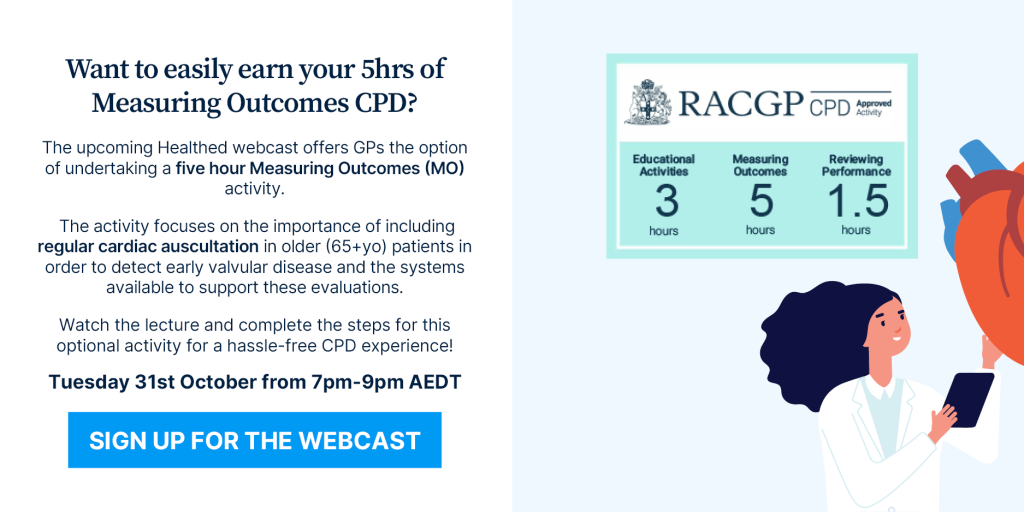Page 120 of 129
Could drug checking have prevented Prince’s overdose death?
As the investigation into Prince’s death homes in on the source of the fatal fentanyl, some observers are suggesting that the United States explore a lifesaving strategy used in Europe: services that check addicts’ drug supplies to see if they are safe.
In Spain, the Netherlands, and a handful of other countries, users voluntarily turn in drug samples for chemical analysis and are alerted if dangerous additives are found. The pragmatic approach saves lives, proponents say.
Increasingly, users of street drugs don’t know what they’re taking, according to US law enforcement experts and treatment providers. Black-market suppliers are using cheaper chemicals to increase profits.
Cocaine may be mixed with the veterinary de-wormer levamisole, which can cause a painful, gruesome rash. Ecstasy may be a sometimes-deadly impostor called PMMA. White powder sold as heroin or pills stamped to look like prescription drugs may actually be the more potent fentanyl.
It’s unclear how Prince got the fentanyl that killed him or whether he thought it was a less potent drug. Lookalike pills discovered by investigators in Prince’s home were stamped “Watson 385” to mimic a common generic painkiller similar to Vicodin, an official close to the investigation told the Associated Press in August. On analysis, the pills were found to contain the more potent fentanyl.
Here is a closer look at the drug-checking services that proponents believe could have prevented Prince’s death… Read More>>
Source: STAT
October 5, 2016
Breathing easy: farm upbringing best defence against allergies
Protection against allergies and asthma in children who grow up on farms extends into their adulthood and may be linked to other health benefits, a new study reveals.
A long-running international analysis, led by Australian researchers, also found that women who lived on farms as small children had stronger lungs than those raised inner city.
The research published in The BMJ‘s Thorax journal studied more than 10,000 participants aged 26 – 54, from 14 centres around the world, including about 500 Australians.
Their lung strength and sensitivity to allergens was tested and they were asked about environmental factors in their early lives, including whether they had pets, older siblings, if they shared a bedroom and where they had lived.
As adults, children who had lived on a farm before age six were 54 per cent less likely to have asthma or hay fever and 57 per cent less likely to have allergic nasal symptoms compared to city kids.
Suburban kids, or those who lived in a town or village as small children were only slightly less likely to have asthma or hay fever as an adult than those from the city.
“As any parent with a small child knows, childcare centres are hotbeds of viruses and bacteria, but it turns out that’s nothing compared to a farm,” says lead author Brittany Campbell from the University of Melbourne’s Allergy and Lung Health Unit.
“We found that for kids in villages, towns, suburbs and cities, not even day care or living with cats, dogs and older siblings came close to endowing the protective effects that appear to come with life on a farm.” …Read More>>
Source: Sydney Morning Herald
September 28, 2016
Music therapy may help kids cope with immunization shots
When little kids need to get a painful injection, music therapy can help them get through the procedure, a new study suggests.
Children who received music therapy during a routine immunization visit were less stressed and better able to cope with the procedure than those who didn’t receive music therapy, and their parents were less stressed, too, the study found.
“Although it certainly won’t eliminate a child’s pain or distress, using music to distract them could help them focus less on the pain, which can improve their perception of getting shots,” said Olivia Yinger, the study’s author and a music therapist from the University of Kentucky in Lexington.
Past research has found that music significantly reduces pain and anxiety during medical procedures.
The new study, conducted at three healthcare facilities in 2011 and 2012, involved 58 kids, ages 4 to 6 years, along with 62 parents and 19 nurses who administered the shots.
Yinger randomly assigned 29 children and their parents to have a music therapist present for the immunization, while the kids and parents in the other group received traditional care, according to the report in the Journal of Music Therapy.
At the start of the visit, during the procedure, and afterward, kids and their parents were encouraged to join the music therapist in singing along to children’s songs and playing instruments that were provided… Read More>>
Source: Reuters
Key steps can help patients recover from a stay in the ICU
Your 80-something-year-old dad has just been admitted to the hospital’s intensive care unit after a stroke or a heart attack. Now, he’s surrounded by blinking monitors, with tubes in his arms and alarms going off around him.
You’re scared and full of uncertainty. Will the vital, still-healthy man you’ve known recover and be able to return home?
Increasingly, the answer is yes. As many as 1.4 million seniors survive a stay in the ICU every year. And most go home, with varying degrees of disability.
ICUs are responding to older patients’ needs by helping them try to regain functioning – something that families need to pay attention to as well.
“There’s a growing recognition that preparing patients and families for recovery needs to start in the ICU,” said Dr. Meghan Brooks Lane-Fall, assistant professor of critical care at the Hospital of the University of Pennsylvania.
Making this transition more difficult is older patients’ vulnerability to a set of physical, cognitive and psychological problems known as “post-ICU syndrome.” This includes muscle weakness and other physical impairments; problems with thinking and memory; and symptoms of depression, anxiety and post-traumatic stress… Read More>>
Source: Medical Xpress
There’s a reason your friend’s gluten-free diet is actually making them feel better
As more and more of your friends go gluten-free, you may be wondering: Is there something to this latest diet craze? Is gluten-intolerance a thing? Is it getting more common?
The answer is simply no.
Only about 1 percent of Americans actually have coeliac disease, the rare genetic disorder that makes people intolerant to gluten, and that number is not on the rise. In other words, in a room of 100 people, chances are one has celiac.
In fact, a study published this month found that the prevalence of celiac has remained basically unchanged since 2009.
And as for all those people who say they don’t have celiac but are just ‘sensitive’ to gluten, a 2013 study out of Monash University suggested that this probably isn’t real.
So what’s really going on when people stop eating gluten?
Alan Levinovitz, an assistant professor at James Madison University who studies the intersection between religion and medicine and the author of the book The Gluten Lie, says it essentially comes down to a mix of psychology and behavioural change.
In the book, Levinovitz interviews Monash University director of gastroenterology Peter Gibson, who helped write the 2013 study concluding that non-celiac gluten ‘intolerance’ was probably not a thing…. Read More>>
Source: Science Alert
Wearable device helps reduce low blood sugar episodes
A new “flash” blood sugar monitoring system cuts down on episodes of low blood sugar in people with type 1 diabetes, researchers say.
Low-blood sugar, or hypoglycemia, can be dangerous in diabetics. Sometimes called an insulin reaction, or insulin shock, severe cases of hypoglycemia can lead to unconsciousness and seizures.
The new Freestyle Libre sensor, a small device that’s worn on the upper arm, automatically checks blood sugar every 15 minutes and stores the information. A separate reader device, when held close to the sensor, can display current glucose level, glucose readings over the past 8 hours, and whether glucose has been rising or falling. This can be repeated as often as desired.
Patients’ “marked increase in self-monitoring frequency” after they started using the Freestyle Libre device “resulted in an almost immediate reduction in hypoglycemia both during day- and night-time,” Dr. Jan Bolinder from Karolinska University Hospital in Stockholm, Sweden told Reuters Health by email.
Dr. Bolinder and colleagues from 23 European hospitals compared the new glucose monitoring technology to conventional self-monitoring of blood glucose for prevention of hypoglycemia in 239 adults whose type 1 diabetes was already well controlled… Read More>>
Source: Reuters
E-cigarettes may have helped 18,000 people quit smoking in 2015
E-cigarettes may have helped about 18,000 people in England to give up smoking in 2015, according to new research published in the British Medical Journal today.
Researchers at the Health Behaviour Research Centre at UCL analysed data from the Smoking Toolkit study – which provides the latest information on smoking and smoking cessation in England – and data on the percentage of the smokers who set a quit date with Stop Smoking Services.
There was no evidence that e-cigarettes prompted more people to try and quit, but over this time period, as more people used e-cigarettes, more people successfully quit smoking.
It’s estimated that 2.8 million people in the UK use e-cigarettes.* And they are the most popular smoking cessation aid in the UK.
But the most effective way to quit smoking remains through prescription medication and professional support from free local Stop Smoking Services.
Although fewer people (450,000 a year) take up these services than those who use e-cigarettes, a smoker using a Stop Smoking Service is around three times more likely to quit than going cold turkey on their own.
Tobacco kills more than 100,000 people a year in the UK and is still the number one preventable cause of cancer.
Professor Robert West, Health Behaviour Research Centre at UCL, said: “England is sometimes singled out as being too positive in its attitude to e-cigarettes. These data suggest that our relatively liberal regulation of e-cigarettes is probably justified.”
Alison Cox, director of prevention at Cancer Research UK, said: “Giving up smoking can be really tough. It’s important to remember that getting support from Stop Smoking Services is still the most effective way to quit.
“E-cigarettes can play a role in helping people quit and the evidence so far shows e-cigarettes are much safer than tobacco. This study shows the positive impact they’ve had on helping people give up the deadly addiction… Read More>>
Source: Medical Xpress
September 14, 2016
Page 120 of 129






